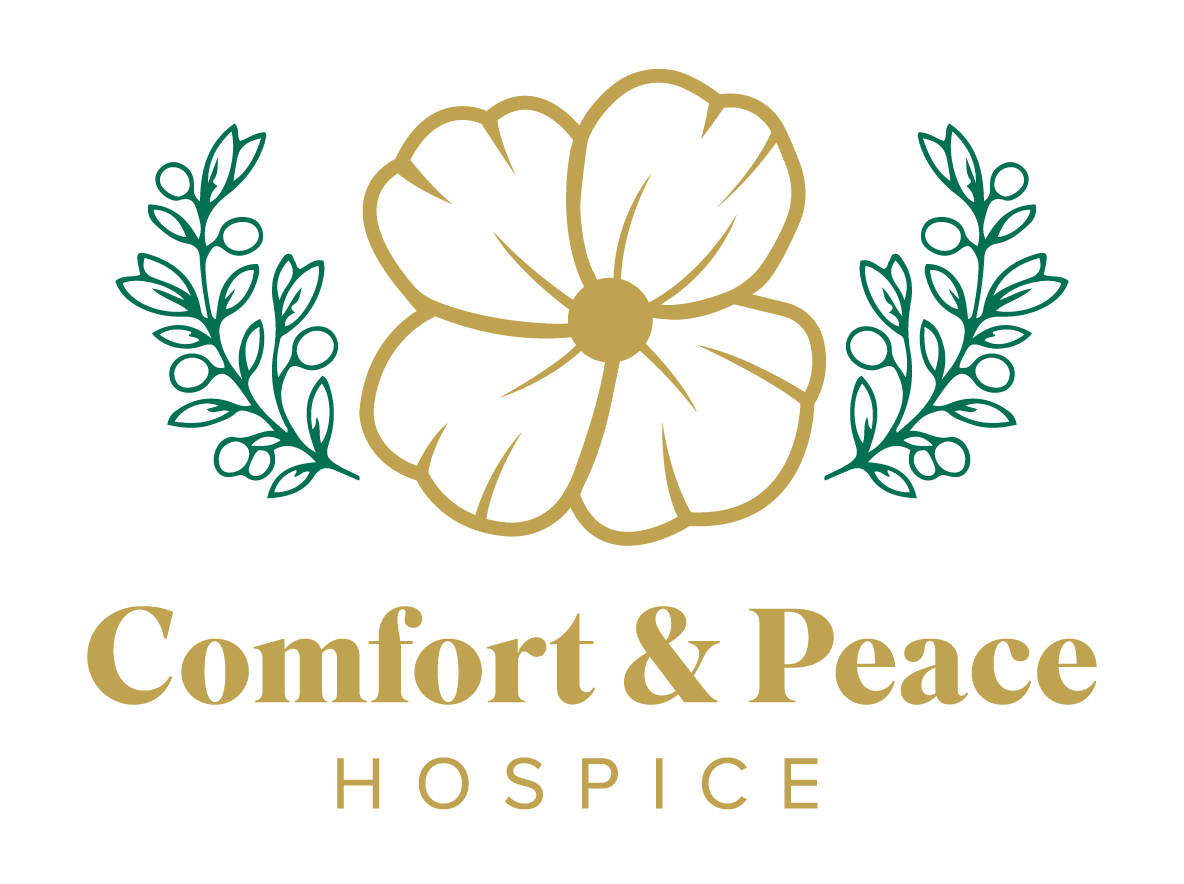R eaching the end is difficult for many patients. The end of life comes with discomforts of different kinds. This may include emotional, mental, physical, and spiritual. The more support a patient can get towards the end, the better. This means being surrounded by loved ones and being properly cared for. Everyone wants to reach the end in peace, happiness, and comfort.
Hospice care is an excellent option for patients that have life-limiting illnesses and need a little extra support towards the end of their lives. It’s also a great way to provide loved ones with some additional rest. Being the primary caregiver is a rewarding but also taxing task. A hospice care provider is able to ease the burden and provide your loved one with the support they need.
If your loved one has a life-limiting illness or you are reaching the end, consider the hospice care provided by Comfort and Peace Hospice. The expert caregivers at Comfort and Peace are able to provide your loved one or you with the spiritual, emotional, physical, and psychological support you need. Everyone deserves to pass on with comfort and dignity.
What is Hospice Care?
You may not know a lot about hospice care and what it entails. That’s alright! It’s actually pretty simple. Hospice care is a form of care specifically intended for patients with life-limiting illnesses that are reaching the end of their life cycle. They are provided with additional support in the form of physical care, emotional support, therapy, and even spiritual support. It is the goal of a hospice care provider to help their patients to enjoy their final days and feel a sense of calm and peace near the end.
Hospice care is different from patient to patient, as every patient has their own unique needs. At Comfort and Peace Hospice, we tailor all of our programs to meet the specific needs of the patients in our care.
Who Qualifies for Hospice Care?
You may be wondering who actually qualifies for hospice care. There is a common misconception that hospice care is reserved for cancer patients. While cancer patients definitely can benefit from hospice care, they aren’t the only patients that can benefit from this form of care. Hospice care is intended for any patient that has a life-limiting illness and would like additional support. This is one of the main qualifications for hospice care.
Another qualification for hospice care is the approval of two physicians. This actually isn’t as difficult as it may initially sound. Often, a physician will suggest hospice care to the patient. If your primary physician hasn’t mentioned hospice care, you can ask them if you are a good candidate. From there, you can begin the hospice care process.
In order to qualify for hospice care, patients generally only have around 6 months left to live or less. If a patient lives longer than this timeframe, though, they may remain a candidate for hospice care.
Some common illnesses that patients suffer from that lead to the need for hospice care include:
- Heart disease
- Dementia
- Cancer
- Liver disease
- Pulmonary disease
- Renal disease
- Stroke
- and others
If your loved one or you are diagnosed with a life-limiting illness, speak with your physician about hospice care. If you have any additional questions, feel free to reach out to Comfort and Peace Hospice.
Types of Hospice Care
There are a variety of different forms of hospice care. While routine home care is the most common, different types of hospice care are helpful for various circumstances. Getting enrolled in hospice care is actually a lot simpler than you may think. This is especially so with the help of the team at Comfort and Peace Hospice. We are here to ensure the process is as simple and straightforward as possible.
Below are some of the main forms of hospice care:
Routine Home Care
Routine home care involves a patient receiving hospice care from their home. This is the most common form of care. With routine home care, patients receive assistance from medical professionals, social workers, and oftentimes volunteers as well. Specialists help to manage pain and provide emotional and mental support. If your loved one or you are looking for extra support, this may be the perfect option to meet your needs.
Continuous Care
For patients that are going through a crisis, continuous care may be the best option. This crisis may include anxiety, extreme pain, and/or respiratory distress. With continuous care, a caregiver provides support for anywhere from a few hours a day to a few full days. The caregiver will address the core issues if possible. If not, they will provide support by handling the symptoms until the patient is stabilized.
General Inpatient Care
In-patient care is a good option for patients that need some additional support for a brief period of time. Once the patient is stabilized and their symptoms are addressed, they can return to at-home care.
Respite Care
If your loved one is reaching the end, you may step up as the primary caregiver. While this is noble and you may be happy to do it, it can be quite taxing. Sometimes caregivers need a break to relax, recharge, and catch up on tasks that have fallen behind. If this is the case for you, respite care may be the perfect solution.
With respite care, a patient is checked into a hospice facility for a brief period of time. Here, they receive excellent support and have all of their needs met. This allows the primary caregiver to relax and take some time off.
Providing Better Care
Contact Us Today!
If you are wondering if your loved one or you qualify for hospice care, reach out to Comfort and Peace today. We’ll discuss the different levels of care available, the process of getting enrolled, and costs. If you have any additional questions, we’d be happy to answer them for you.
Reach out today about hospice care for your loved one or yourself!



